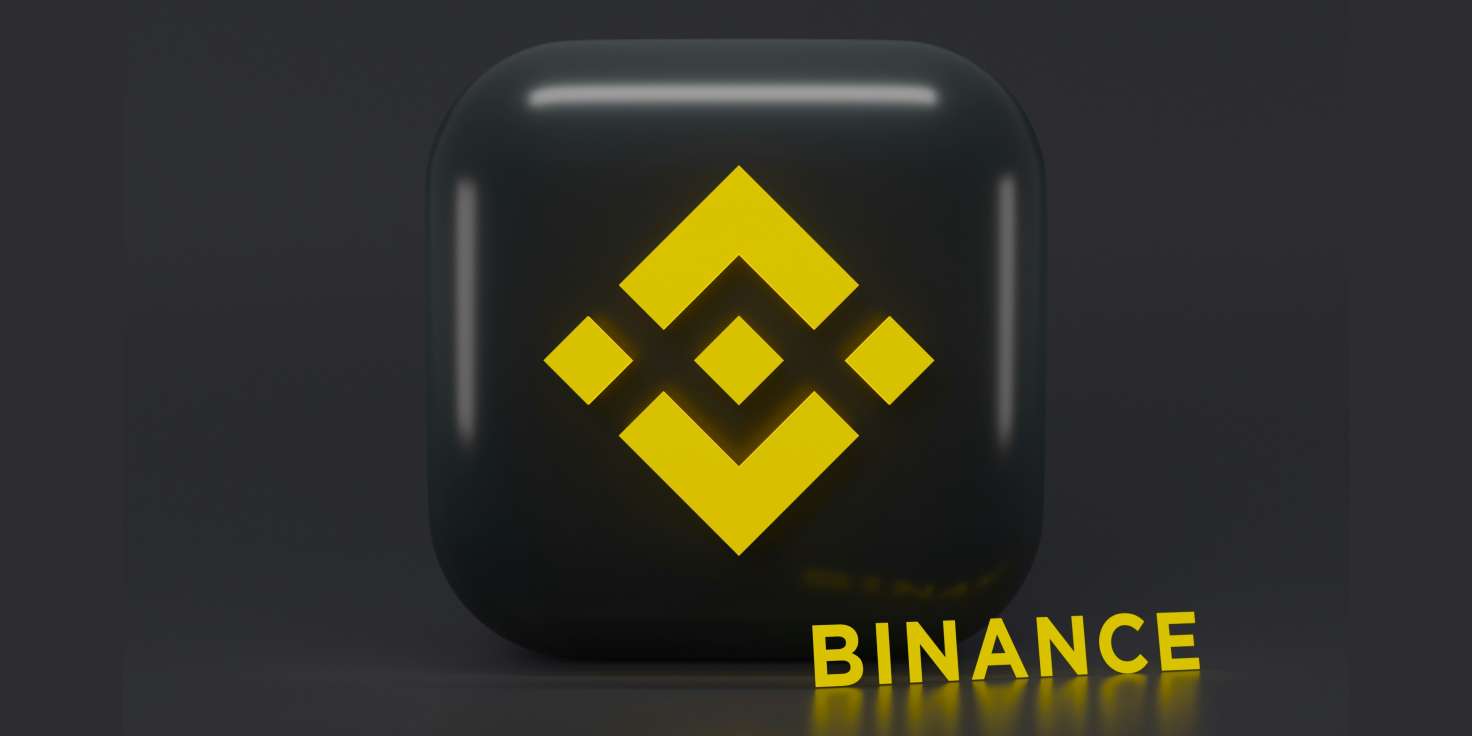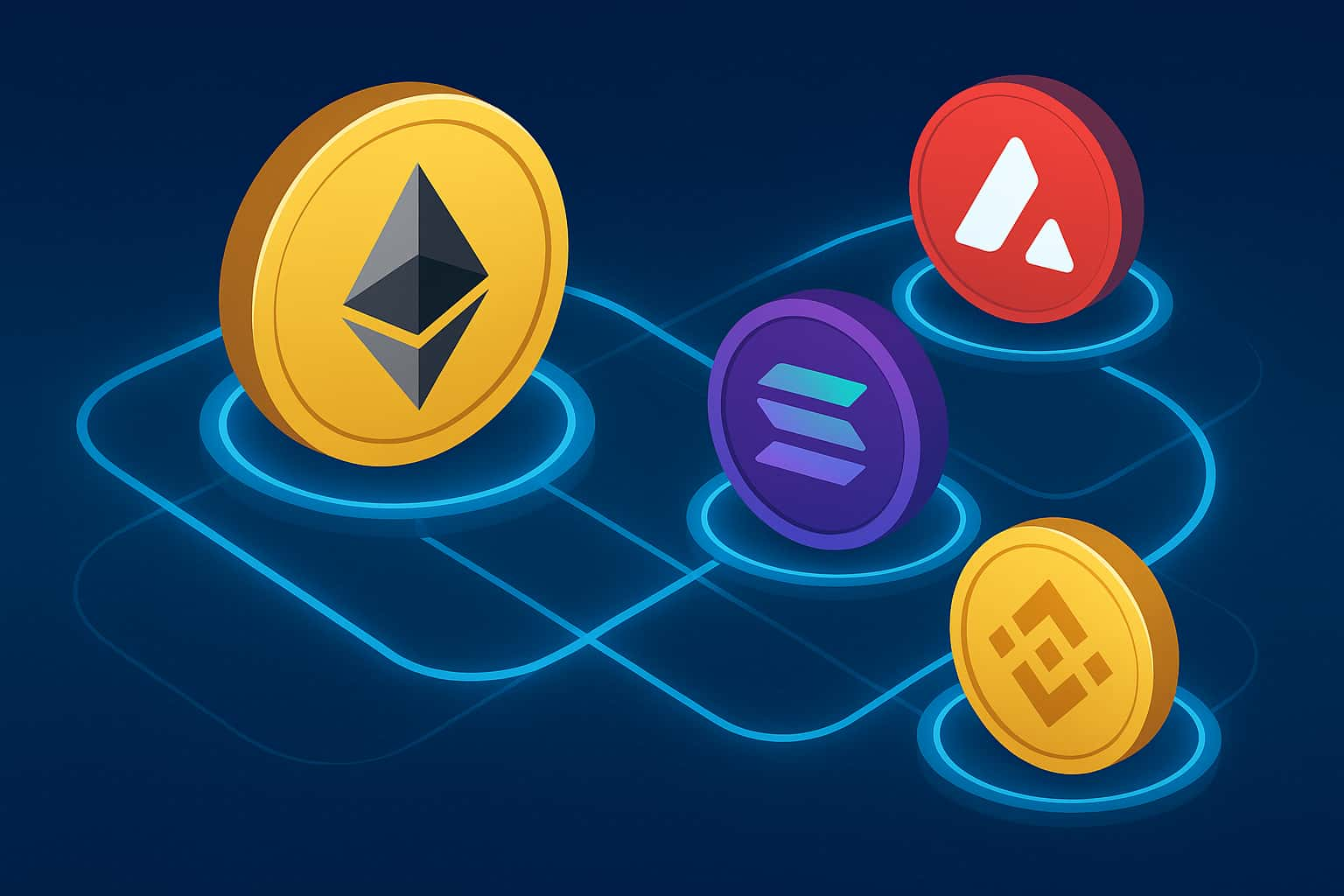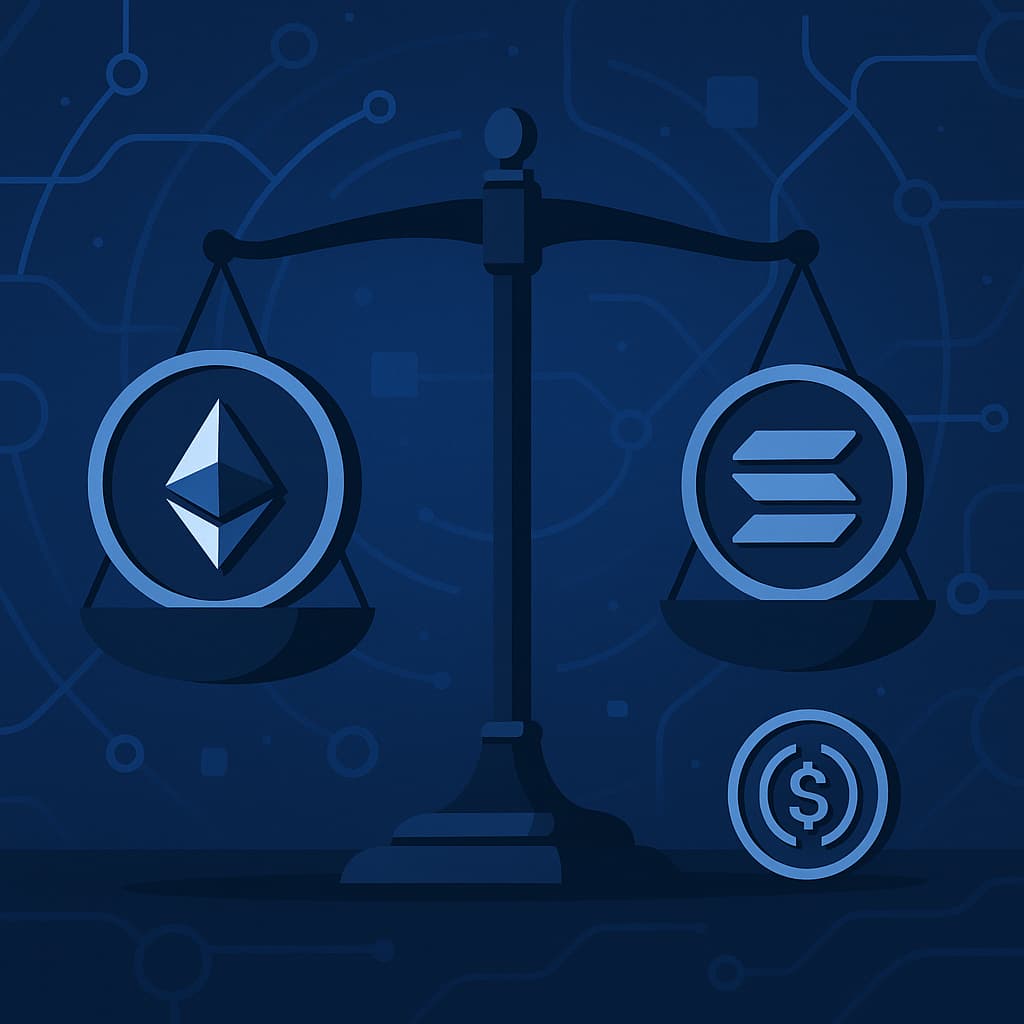Smart Contract Foundation
At the heart of the token standard are smart contracts deployed on BNB Chain. These contracts manage balances, transfers, and permissions. They implement standard functions such as:
- transfer: Move tokens between wallets.
- balanceOf: Show how many tokens an address holds.
- approve: Authorize another wallet or contract to spend tokens.
- allowance: Display how much spending power has been approved.
These core functions ensure uniformity across projects built on the token standard, enabling wallets and exchanges to interact with tokens without custom integrations.

 Blockchain Application Development
Blockchain Application Development
 Fintech Blockchain App Development
Fintech Blockchain App Development
 Hyperledger Application Development
Hyperledger Application Development
 STO Development Services Company
STO Development Services Company
 Exchange Development
Exchange Development
 Cryptocurrency Wallet Development
Cryptocurrency Wallet Development






